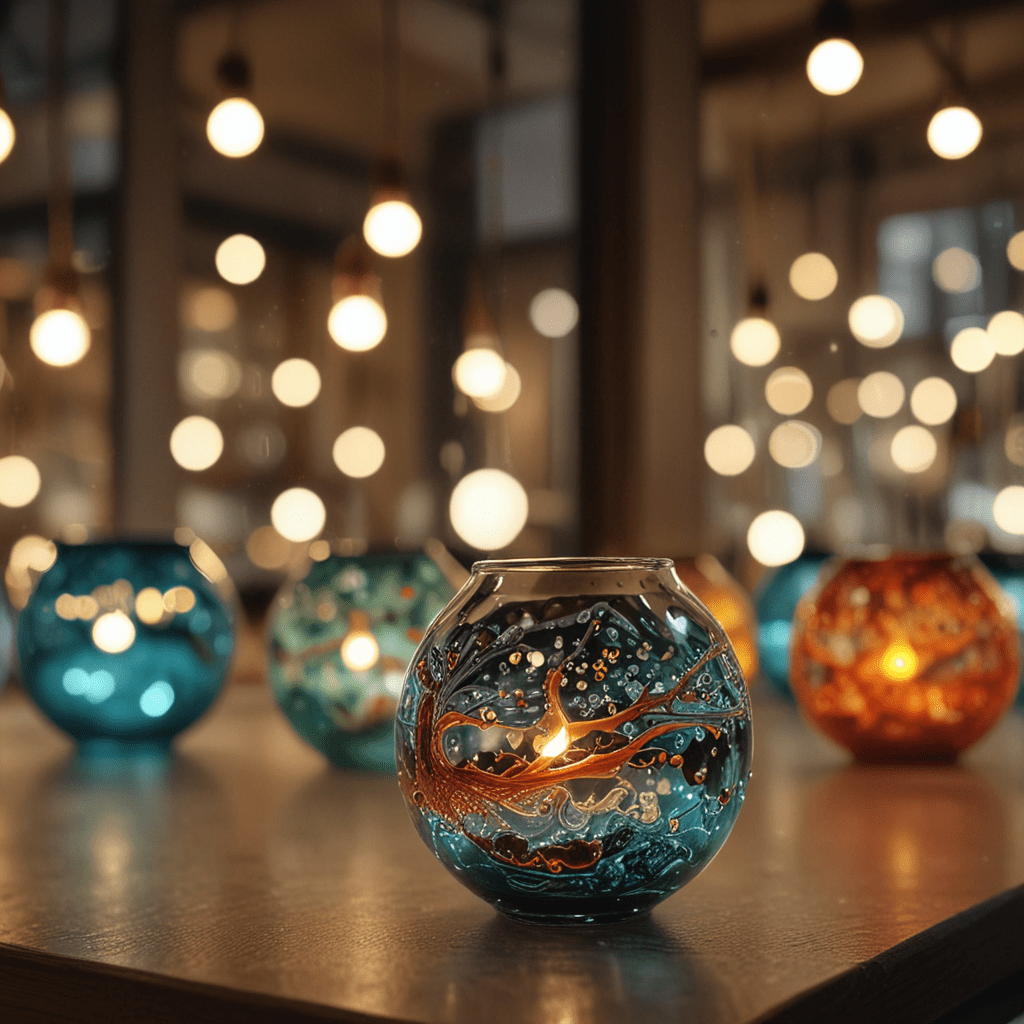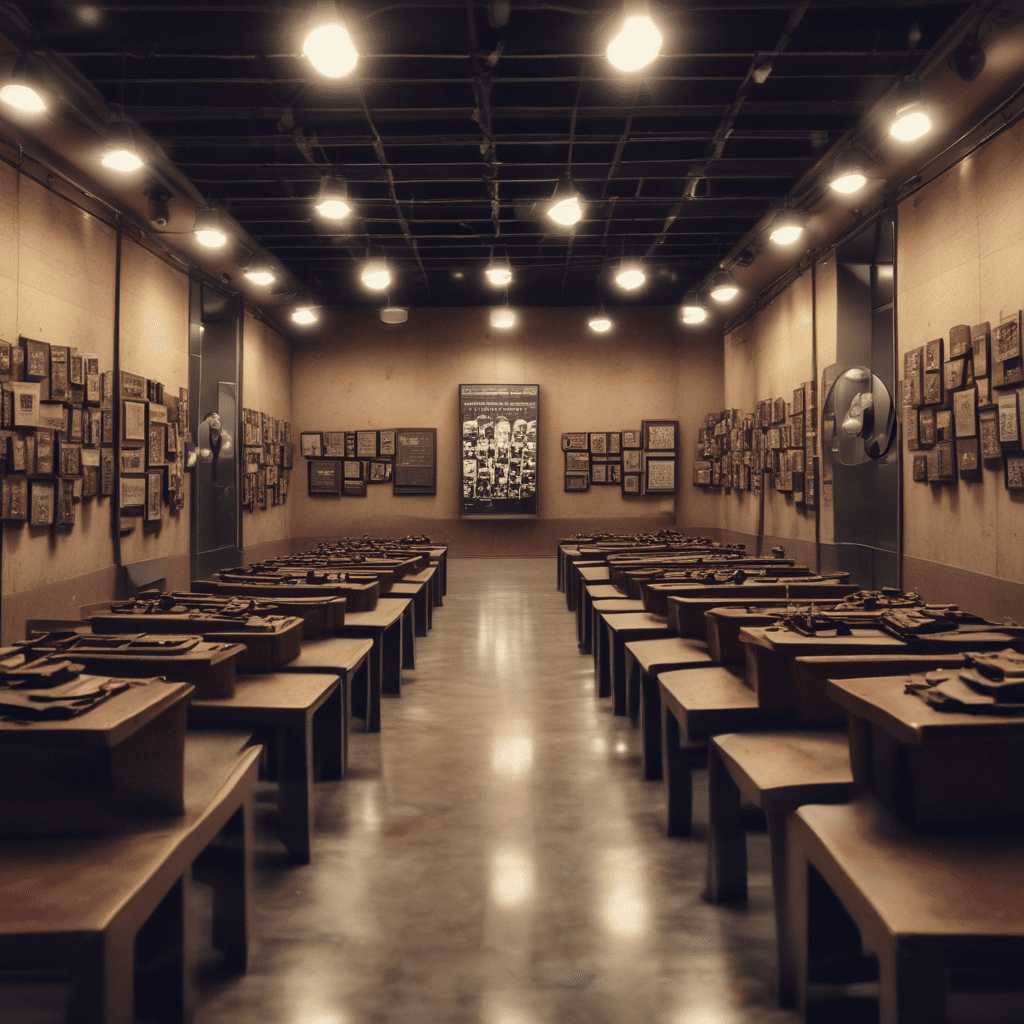The Art of Glassblowing in Austria
Glassblowing, an ancient art form originating from the fusion of sand, soda ash, and lime, has thrived in Austria for centuries. The country's rich history of glassmaking dates back to the Middle Ages, with skilled artisans crafting exquisite glassware that graced the tables of nobility and adorned the interiors of opulent palaces. Through the passage of time, Austrian glassblowing has been shaped by a confluence of cultural influences, evolving into a vibrant art form renowned for its exceptional artistry and technical precision.
Historical Roots of Austrian Glassblowing
Austria's glassblowing tradition can be traced back to the 13th century, with the establishment of glass workshops in major cities such as Vienna and Innsbruck. These early artisans were influenced by Venetian glassblowing techniques, which they adapted and refined to create their unique style. The 16th century witnessed a surge in glass production, with the establishment of glass factories in Bohemia and Silesia, further contributing to the development of Austrian glassblowing.
Master Glassblowers of Austria
Austria has been home to numerous renowned glassblowers throughout history. One such figure is Michael Heuffler, who established the first glass factory in Vienna in 1622. His intricate designs and innovative techniques earned him the patronage of the imperial court. Another notable master glassblower was Johann Baptist Keppler, who developed the technique of "Keppler's Knot" in the 19th century, a complex decorative element that became a hallmark of Austrian glassblowing.
Traditional Techniques and Modern Innovations
Traditional Austrian glassblowing techniques have been passed down through generations, with many artisans still employing the same methods used centuries ago. These techniques involve the use of a blowpipe to shape molten glass, with various tools and techniques used to create intricate patterns and designs. Modern innovations have also found their way into Austrian glassblowing, with contemporary artists experimenting with new materials, techniques, and designs, pushing the boundaries of this ancient art form.
VI. Glassblowing in Contemporary Austrian Art
In contemporary Austrian art, glassblowing has emerged as a significant medium for artistic expression. Contemporary glassblowers have pushed the boundaries of the craft, using glass to create sculptures, installations, and functional objects that explore a wide range of themes and ideas. Artists such as Erwin Wurm, Kiki Kogelnik, and Brigitte Kowanz have employed glassblowing techniques to create works that challenge traditional notions of form and function, while engaging with contemporary social, political, and aesthetic issues.
VII. Economic Impact of Glassblowing on Austria
The glassblowing industry has played a significant role in the Austrian economy, particularly in regions with a strong tradition of glassmaking. The country is home to numerous glassblowing studios, factories, and galleries, employing thousands of skilled artisans and supporting the local economy. Glassblowing tourism has also become an important revenue source, with visitors from around the world coming to experience the art form and purchase unique glassware.
VIII. Sustainable Practices in Austrian Glassblowing
Sustainability is an increasingly important aspect of contemporary Austrian glassblowing. Glassblowers are exploring innovative ways to reduce their environmental impact, such as using recycled glass, implementing energy-efficient techniques, and minimizing waste. Glassblowing workshops and institutions are also promoting sustainable practices, educating students and artisans about the importance of environmental stewardship.
IX. Future Prospects for Austrian Glassblowing
The future of Austrian glassblowing looks bright, with a new generation of talented glassblowers emerging and pushing the boundaries of the art form. Continued support for glassblowing education and institutions will ensure the preservation and development of this ancient craft. Collaboration between traditional artisans and contemporary artists will foster innovation and experimentation, leading to exciting new developments in Austrian glassblowing.
X. Cultural Significance of Austrian Glassblowing
Glassblowing holds a deep cultural significance in Austria, with its roots firmly entrenched in the country's history and traditions. Glassware has been an integral part of Austrian life for centuries, used for both functional and decorative purposes. The art of glassblowing has been passed down through generations, preserving cultural heritage and ensuring the continuation of this unique art form.
FAQ
What is the history of glassblowing in Austria?
Glassblowing has been practiced in Austria since the 13th century, influenced by Venetian glassblowing techniques.
Who are some famous Austrian glassblowers?
Notable Austrian glassblowers include Michael Heuffler and Johann Baptist Keppler.
What are the traditional techniques used in Austrian glassblowing?
Traditional techniques involve using a blowpipe to shape molten glass, with various tools and techniques used to create intricate patterns and designs.
How is glassblowing used in contemporary Austrian art?
Contemporary glassblowers use glassblowing techniques to create sculptures, installations, and functional objects that explore a wide range of themes and ideas.
What is the economic impact of glassblowing on Austria?
The glassblowing industry plays a significant role in the Austrian economy, supporting glassblowing studios, factories, galleries, and tourism.



